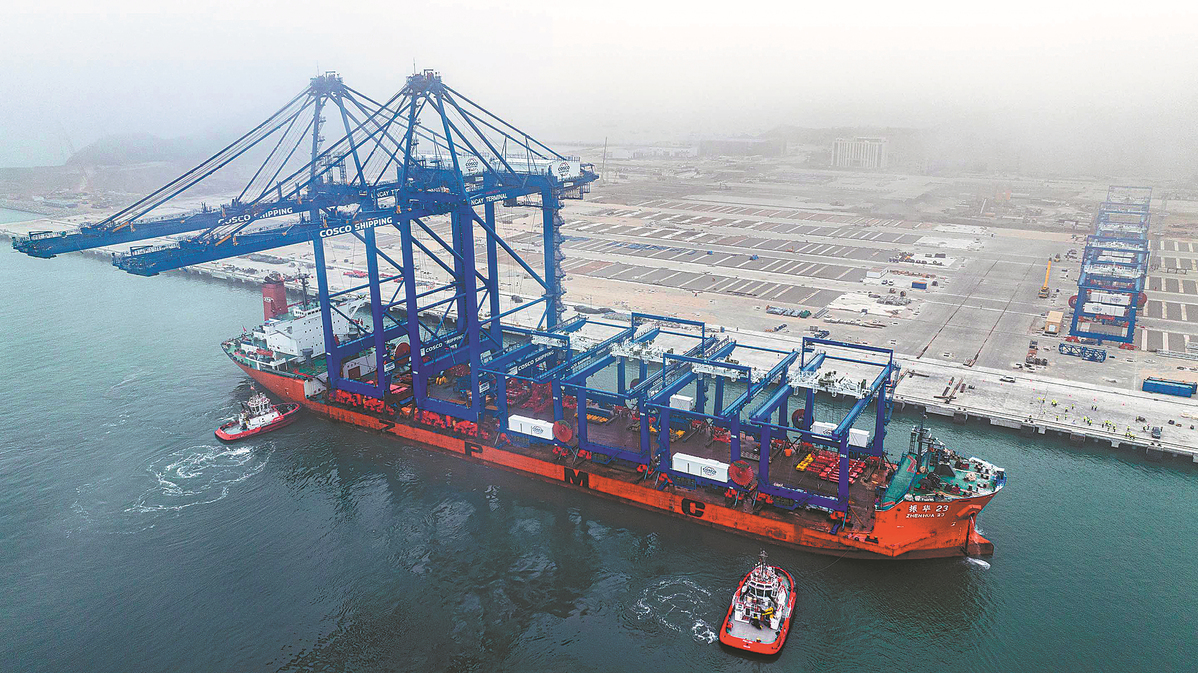A new study by a Washington-based think tank reveals that China’s influence over Latin American ports is far greater than previously estimated. Chinese companies are currently operating or constructing 31 active ports across Latin America and the Caribbean—more than double earlier projections.
Over the past two decades, Chinese firms have acquired energy companies, mines, telecom networks, and critical port infrastructure in the region. As a result, U.S. officials are increasingly alarmed by the national security risks posed by China’s growing footprint in strategic infrastructure across the hemisphere.
According to research by the Center for Strategic and International Studies (CSIS), shared with the Financial Times ahead of its release, Chinese companies have stakes in more than twice the number of regional ports previously reported by U.S. researchers, spanning from Mexico to Chile.
The CSIS tally includes seven active ports operated by Hong Kong-based CK Hutchison. It also found that four Chinese-involved port projects had been canceled and two others are currently inactive.
The Trump administration had previously sounded the alarm over the potential risks of Chinese control at both ends of the Panama Canal. CK Hutchison has since agreed to sell its global port operations to subsidiaries of U.S. investment giant BlackRock and Geneva-based Mediterranean Shipping Company (MSC).
However, the CSIS report highlights that ports in Jamaica and Mexico pose the highest risk to U.S. national security, based on the volume of U.S. trade passing through them, proximity to U.S. naval activities, and their location near strategic chokepoints or military installations.
“The riskiest port in the Western Hemisphere was Kingston, Jamaica,” said Henry Ziemer, the CSIS researcher who led the study. “It handles massive trade flows, sits in a key U.S. ally, and is controlled by China Merchants Port, a state-owned enterprise.”
The report flagged Mexico’s Manzanillo and Veracruz ports—operated by CK Hutchison—as top national security concerns for the U.S. Ziemer noted: “The U.S. is heavily reliant on trade through these ports. Disruptions at Manzanillo could cost the U.S. economy $134 million per day, while delays at Veracruz could rack up $63 million in daily losses.”
U.S. concerns focus on the potential for China to use port facilities to disrupt trade, block access for U.S. Navy vessels in a conflict with Beijing, or support its own naval operations. The report evaluated each port’s exposure to U.S. commercial and security interests and assessed the extent of Chinese influence.
Evan Ellis, a Latin America expert at the U.S. Army War College, said while Chinese port companies have commercial motives, the People’s Liberation Army (PLA) Navy sees this as a strategic asset.
“There’s a bigger strategy at play,” Ellis said. “A powerful China wants food and energy security. From the PLA’s perspective, if conflict with the U.S. occurs, we’ll need access to these ports.”
Beijing has rejected U.S. claims that CK Hutchison’s operations at the Panama Canal pose a national security threat. In April, China’s Foreign Ministry accused Washington of “stirring trouble” and “spreading rumors” to justify attempts to control the canal.
General Laura Richardson, former head of U.S. Southern Command, told FT last year that China’s $1.3 billion Chancay mega-port in Peru could serve the Chinese Navy. She noted with irony that Chinese port investments always seem to be “coincidentally near” key trade routes and strategic locations, asking: “Why are they investing so heavily in these areas?”
Both Ellis and Ziemer pointed out that Beijing was furious about CK Hutchison’s plan to sell its global port stakes to BlackRock and MSC, citing national security concerns.
Hong Kong’s pro-Beijing Ta Kung Pao newspaper accused Hutchison of “cowardly flattery” and branded the sale a “betrayal of the Chinese people.” China’s antitrust regulator has since ordered a review of the deal.
Ziemer concluded, “China’s own reaction to the Hutchison deal shows just how important port control is to Beijing. These facilities also give China access to a treasure trove of data on cargo movements.”








